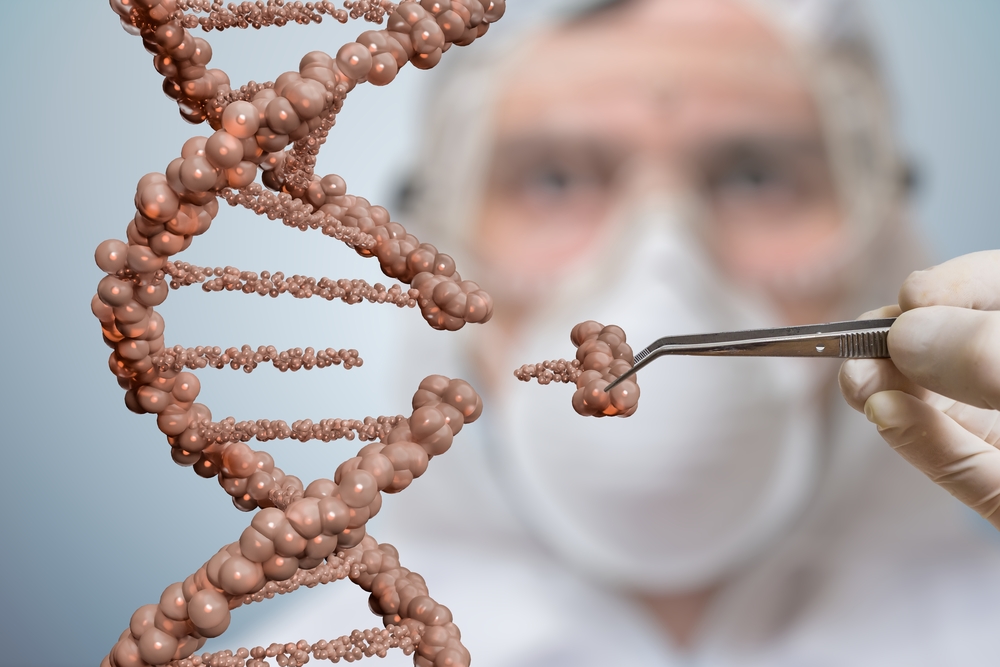Gene Editing Corrects Mutation Causing Recessive Dystrophic Epidermolysis Bullosa, Study Reports

A new gene-editing approach can repair a mutation responsible for recessive dystrophic epidermolysis bullosa (RDEB) in a patient’s tissue.
A full description of the technique is in the study “Ex Vivo COL7A1 Correction for Recessive Dystrophic Epidermolysis Bullosa Using CRISPR/Cas9 and Homology-Directed Repair,” recently published in the journal Molecular Therapy: Nucleic Acids.
Dystrophic epidermolysis bullosa (DEB) is a rare and severe skin disease that affects children and adults. It is the result of mutations in the COL7A1 gene. This gene produces type VII collagen, essential for adhesion between layers of the skin. Defects in this gene result in skin blistering.
Different gene-editing techniques have been used to correct disease-causing mutations in RDEB and other genetic diseases. One of the newer techniques involves the CRISPR-Cas9 system. This system includes two molecules: Cas9 and gRNA. Cas9 is guided to the correct DNA sequence using a guide RNA (gRNA) that matches the corresponding DNA sequence. Cas9 is then able to act like scissors, cutting the DNA strand into two pieces. The cell then recognizes that the DNA is damaged and will try to repair it.
To correct mutations in disease-causing genes, a correct template of the gene is also provided so that when the cell tries to repair the Cas9-induced DNA break, it has the correct version of the gene to work from.
The current study provides evidence that this gene-editing technique can be used outside the body in cells to fix mutations in COL7A1 that cause RDEB.
Researchers focused on one mutation that has been identified in several patients with RDEB: c.189delG; p.Leu64Trpfs*40. After testing different gRNAs that target this sequence, they identified one that had consistent activity in two different cell types derived from patients with RDEB — keratinocytes and fibroblasts.
Researchers showed that patient-derived cells that underwent this gene-editing process were also able to restore type VII collagen expression, highlighting the fact that specific gene editing can correct protein function in cells.
Furthermore, the team showed that gene-corrected keratinocytes and fibroblasts had restored function by applying them in a human-mouse model. The human patient-derived cells were grafted onto the back of a mouse, much like a skin graft. After 21 days, the levels of type VII collagen and the junctions between layers of the skin were assessed.
Genetically corrected cells had higher levels of type VII collagen expression compared to cells that were not gene edited. Additionally, the junction between the outermost and inner layers of the skin were restored with proper anchoring structures. These results suggest that the skin grafts were successful from cells that underwent gene editing.
Although often a problem with gene-editing techniques, the team reported only a small number of unwanted effects.






